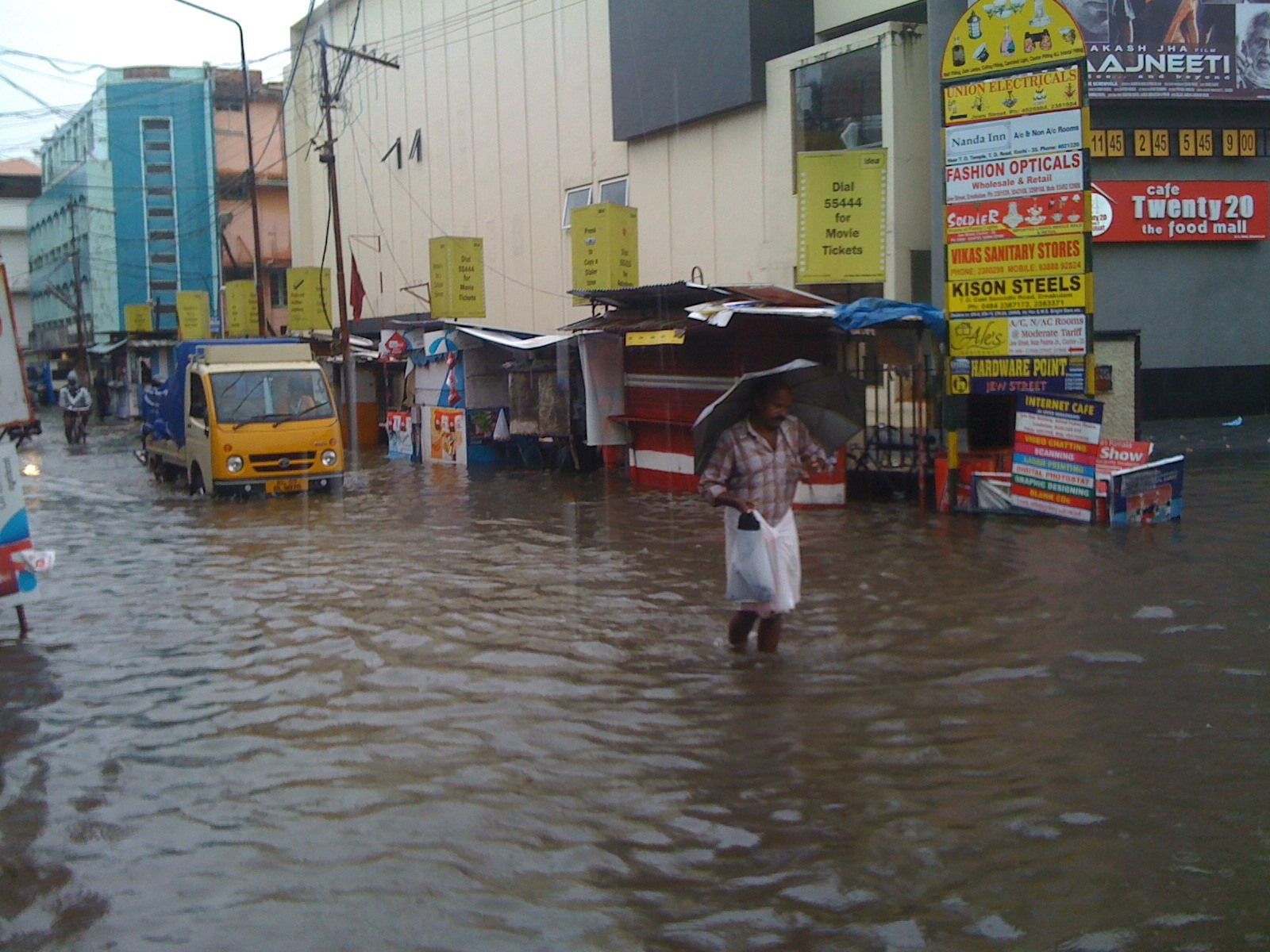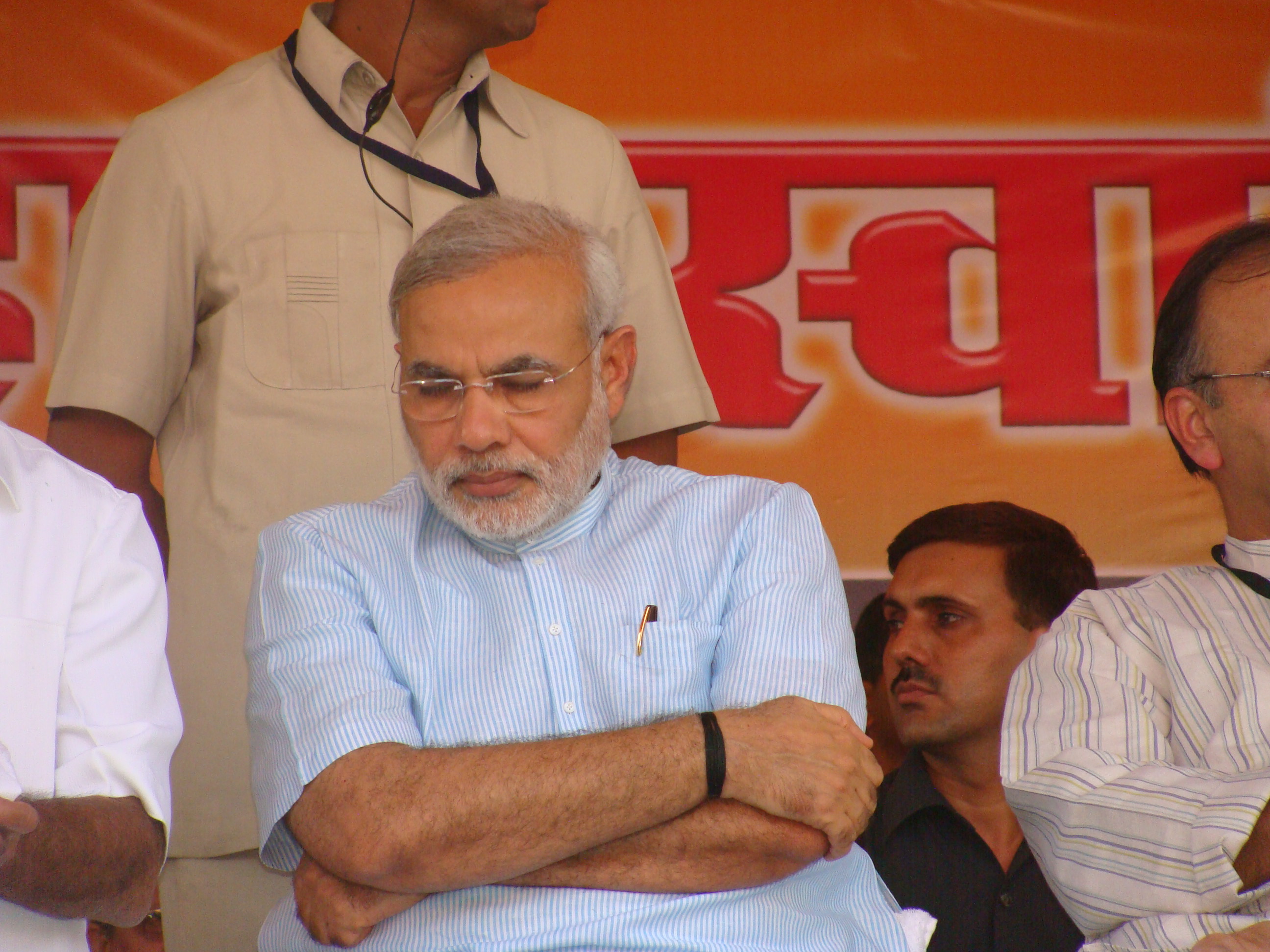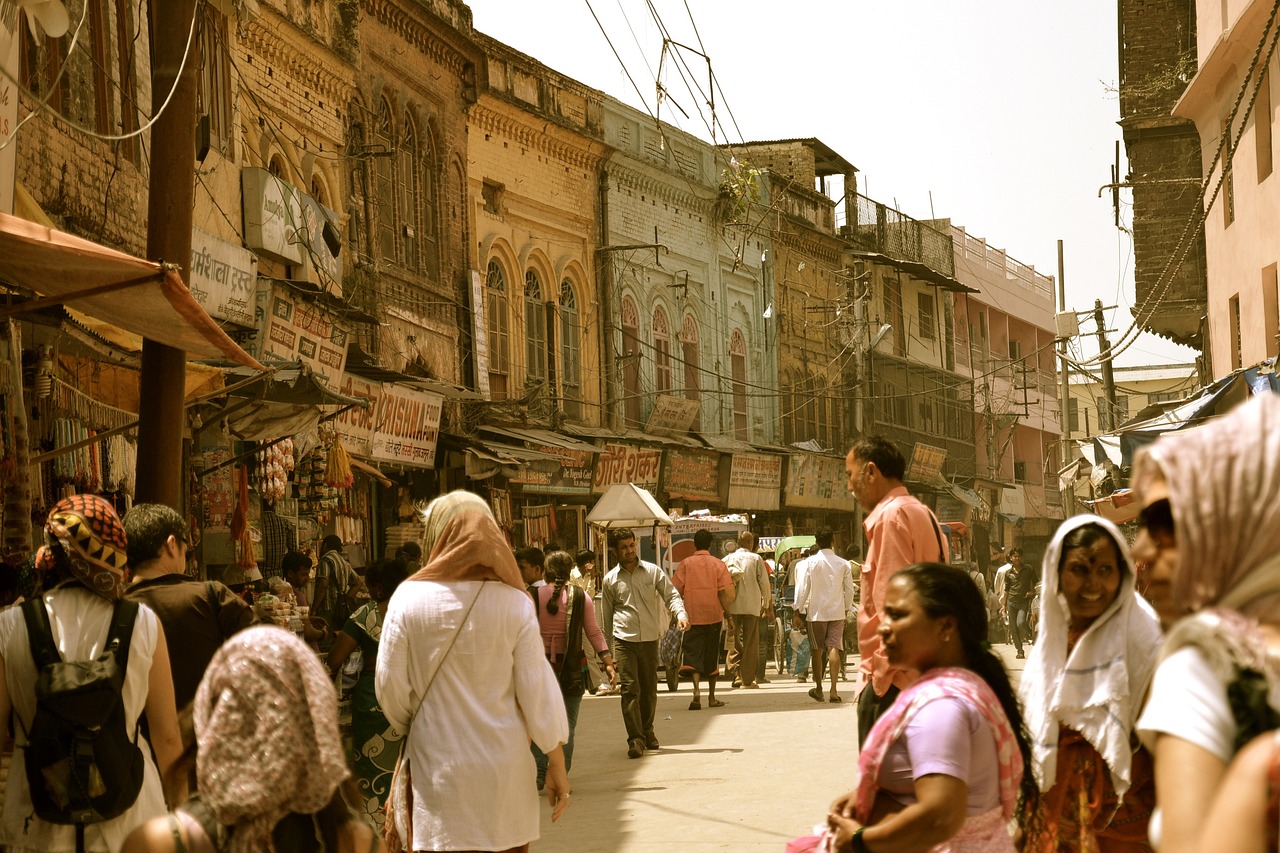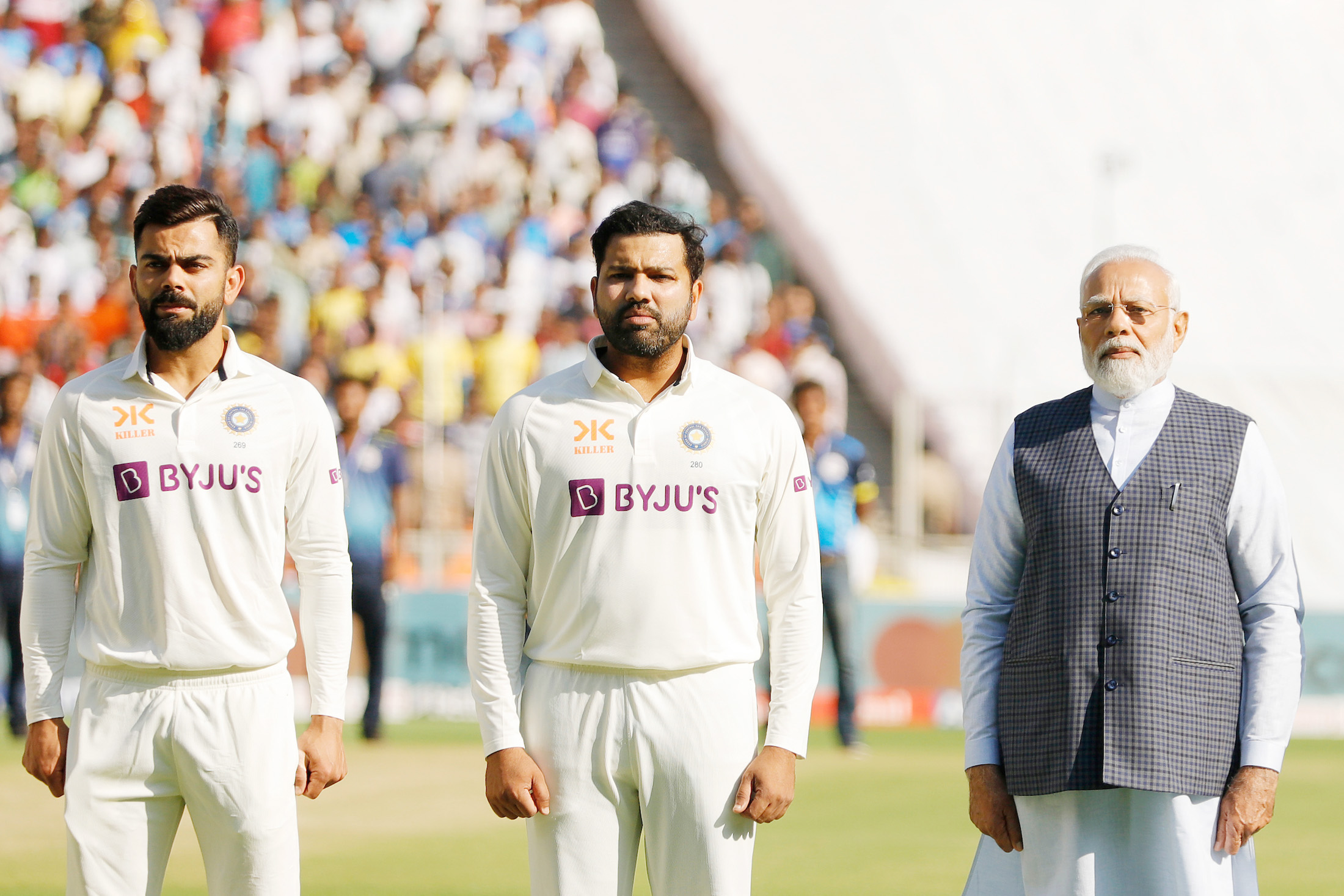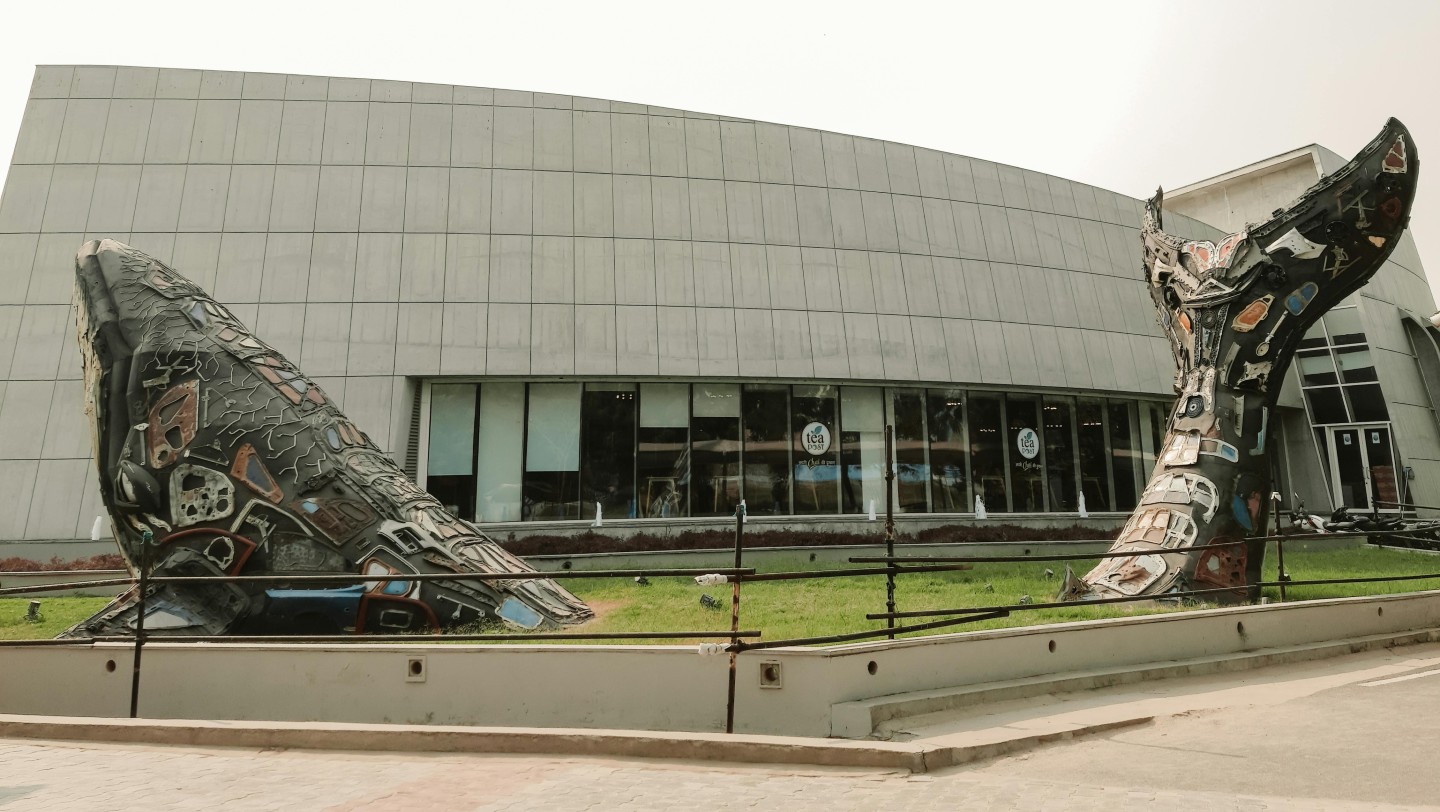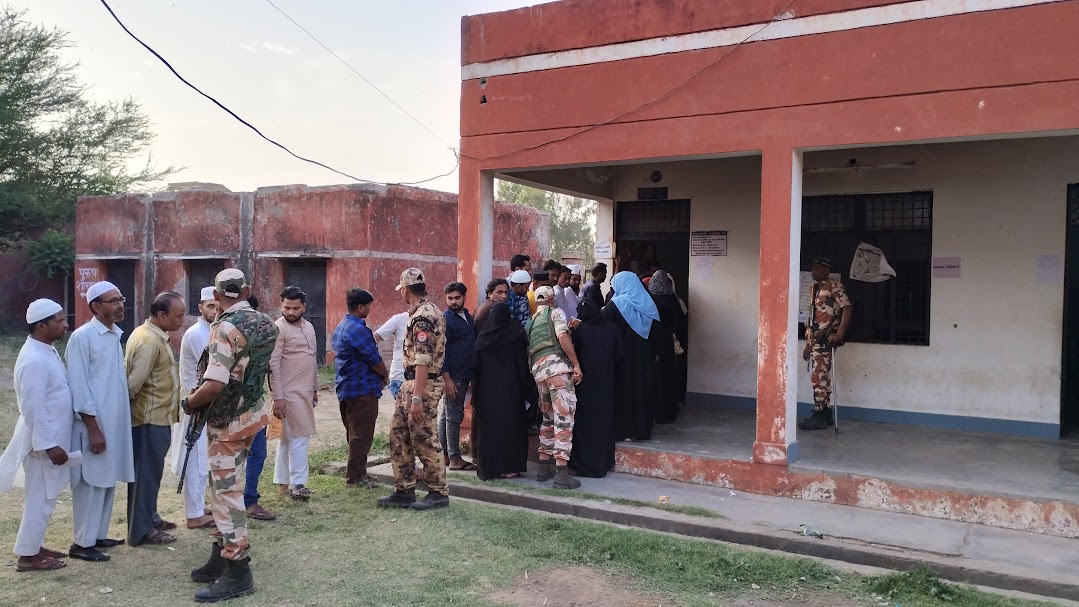India's election results have given a new lease of life to the regional parties.
 Indian Prime Minister Narendra Modi’s party, the ruling Bharatiya Janata Party, has been accused of deploying a devastating misinformation app. (Hernan Nersesian, G20, Flickr) : Hernan Nersesian, G20 CC BY 2.0
Indian Prime Minister Narendra Modi’s party, the ruling Bharatiya Janata Party, has been accused of deploying a devastating misinformation app. (Hernan Nersesian, G20, Flickr) : Hernan Nersesian, G20 CC BY 2.0
India’s election results have given a new lease of life to the regional parties.
The results of the parliamentary election have ended ten years of one-party rule of the Narendra Modi-led Bharatiya Janata Party (BJP). It has failed to cross the majority mark to form the government at its strength in the parliament.
Though the BJP-led National Democratic Alliance has the numbers to form the next government, the electoral verdict has shown the waning of the so-called ‘Modi magic‘ in winning elections.
The BJP’s crushing defeat in the Hindi heartland state of Uttar Pradesh, the laboratory of Hindutva politics for the last three decades, has jolted the BJP.
The defeat has come only a few months after the consecration of the Ram Temple in Ayodhya, which was ostensibly done to whip up religious sentiments during the election. But it didn’t work. The BJP candidates lost in the holy towns of Ayodhya and Chitrakoot, which have close links with Lord Ram.
How does one interpret such an electoral verdict against a leader whose popularity ratings remained consistently high? Is it simply anti-incumbency? Or, were there undercurrents in the election against price-rise, unemployment and growing distress of the people on the one hand and the attempt of the government to force unpopular policies like Agniveer (contractual hiring in the armed forces) and farm laws on the other?
It is too early to come to any definitive conclusion. However, certain patterns can be seen in the 2024 verdict. It is not only fractured, but has also put the Indian polity back into the coalition era after a decade of single party rule.
Modi will have to manage a coalition government with unpredictable and hard-bargaining partners like Nitish Kumar and Chandrababu Naidu alongside many caste-based parties with one man armies .
Modi is no A B Vajpayee, who had run a bigger and a more difficult coalition. It is no secret that he is not schooled in the political culture of consensual politics.
The election results have given a mixed message with many regional variations. The usual north-south difference in the mandate is there with the Indian National Congress and its regional allies maintaining their dominance in the southern states of Kerala and Tamil Nadu. But the growing footprint of the BJP in these states, with a jump in its vote share if not seats, are important takeaways in this election.
Though the BJP’s performance in Karnataka is nowhere near its 2019 tally, its gain in Telangana and the few seats it bagged in Andhra must have given the party some solace. Similarly, the decimation of Biju Janata Dal in both parliamentary and assembly elections in Orissa, and the BJP coming to power in the state, has brought cheers to its camp.
The real setback has come from the Hindi heartland of Uttar Pradesh (UP), Rajasthan, Haryana and high-stakes states of Maharashtra and Bengal. Even in the state of Bihar, the BJP has failed to maintain its earlier performance, despite bringing Nitish Kumar to its fold and having a wider caste coalition.
The result of the UP is most shattering for the BJP, which has been primarily a party of the Hindi heartland. However, it is often said that the route to power in New Delhi passes through the UP, as it sends the maximum number of MPs (80) to parliament.
For the BJP, it has other implications.
It is not without reason that Narendra Modi decided to contest from Varanasi in 2014 after he was anointed prime ministerial candidate by his party. In both 2014 and 2019, UP contributed massively to swell the BJP seats in parliament, besides giving two consecutive terms to the party in the state assembly elections.
This was the state which cradled the Ayodhya movement which was instrumental in catapulting the party to power in the 1990s.
The election drubbing in UP has wiped the smile off the party’s face. It returns to power for the third consecutive term, though much reduced in strength. This is quite ominous for the party, which aspired to become the central fulcrum of Indian democracy like the Congress of yesteryears.
Four sets of factors seem to have halted its onward march midway.
First, its attempt at social engineering by giving representation to non-dominant backward castes has been hijacked by its opponents like the Samajwadi Party. The uneasy and fragile balance between two types of identity politics — Hindutva and caste engineering — has crashed.
The BJP’s opponents skilfully used the party’s electoral slogan — Abki Bar Chhar Sau Paar (we will cross 400 seats this time) — against them, convincing the beneficiaries of job and educational reservation (the Dalits, backward castes and the tribal communities) that a BJP victory would result in rewriting the constitution to do away with positive discrimination.
When the BJP realised that its “400-plus” slogan had misfired, it attempted some firefighting but it was too late. The identity of voters as beneficiaries of reservation trumped their identity as beneficiaries of welfare schemes. The very thought of changing the constitution alarmed these voters and the BJP could not allay their fears.
Second, the well-oiled election machinery of the BJP was ineffective in mobilising voters. Modi’s dog whistle politics about Muslims failed to enthuse them.
Third, the over-centralisation of the party and government also hit the BJP hard, with Modi and Amit Shah crushing all discordant voices in the party, choking the inflow of information from the ground.
Fourth, the double-speak on corruption also did not find resonance with people. Putting political opponents in jail on alleged charges of corruption while absolving many others when they switched sides and joined the BJP made the anti-corruption rhetoric seem hollow and opportunistic.
The BJP’s failure to maintain one national election narrative — which was previously Modi’s unique selling point — also cost the party dearly. Modi himself switched to different narratives in every successive phase of the election, finally settling for the Hindu-Muslim binary to neutralise the social justice card of his opponents.
In the context of growing unemployment and economic distress, the people were not receptive to the BJP’s ideologically divisive narrative. The catchy manifesto of the Congress party unnerved the BJP. Modi spent more time discussing the flaws in the Opposition’s manifestos rather than advertising his own promises and achievements.
It would be premature to write off Narendra Modi and his brand of politics. However, the election has sent out a clear message that Indian society is a rainbow coalition in itself and that any attempt at homogenisation and steamrolling its diversity is bound to face resistance.
The result has been a big setback for Modi and a new lease of life to the regional parties after a decade. The regionalisation of Indian politics which was temporarily halted has come back with a bang.
The Congress also seems to have recovered from its terminal decline and has gained some energy. But much will depend on how the opposition parties conduct themselves in the coming months and years.
There is no denying the fact that the Modi-led BJP will certainly be in an unenviable position running a difficult coalition. However, it augurs well for Indian democracy as the opposition voices would be louder in the parliament and the authoritarian and centralising tendency in the polity will see recession.
Satish K Jha is an associate professor of Political Science at Aryabhatta College, Delhi University.
Originally published under Creative Commons by 360info™.



